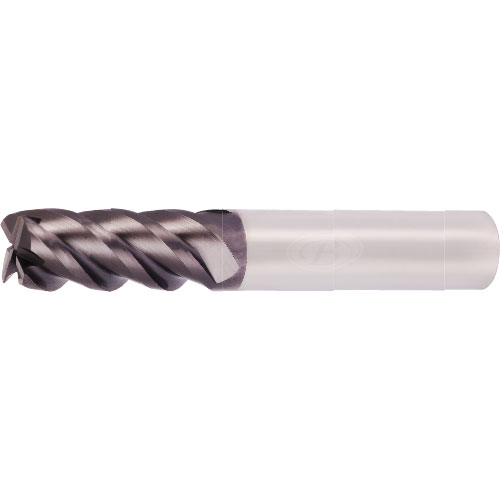In the past, machining was all about accuracy, reliability, and speed. But in today’s business environment efficiency is the most important factor. When you’re manufacturing automotive parts such as aerospace components or high-tech electronic components, the tools you choose directly affect your final results. The indexable drill the high-speed drill, the tungsten carbide inserts and threading tool are all making a difference.
They aren’t just updates to older tools. The new tools provide the most efficient method of working, which minimizes time to repair, reduces costs and produces better results working with less effort. We’ll explore the ways they can assist companies cut faster, drill more efficiently and finish more quickly.

Image credit: stwang-tw.com
Indexable Drills: More Holes, Less Hassle
Drilling large holes could be costly and time consuming. Drills that were solid had to be sharpened, wore quickly and caused a slowdown in the process. That’s why more machinists are shifting to an indexable drill. When the drill becomes dull instead of replacing the whole tool just change the cutting inserts.
Indexable drills are known for their high effectiveness. They’re designed for long-running runs, high-performance, and easy maintenance. With the option of replacing inserts help reduce waste, minimize inventory of tools and ensure that your equipment runs longer. SHANG TZANG WANG ENTERPRISE, CO., LTD offers disposable core-stays that offer the same performance in large-diameter applications. For shops that perform repeated hole machining this upgrade can help save hours of downtime every week.
High Speed Drills: Built for Modern Demands
High-speed drills are employed in a production environment where speed is of the essence. They are made to operate quickly and precisely without sacrificing speed. They work best with hard materials and speedy cycles. They are used in everything from medical precision components to high-volume automobile parts.
Modern high-speed drills come with cutting-edge coatings and optimized flute designs that minimize heat and friction, and extend the life of tools. This means less breakage more tool maintenance, and more parts out the through the door. If you’ve ever felt the pain of a broken drill in the middle of a cycle changing to a high speed drill could be an epitomize.
Tungsten Carbide End Mills: Reliable Performance Cut After Cut
In the field of milling, end mills made of tungsten are the most reliable equipment on the shop floor. These end mills are known for their resistance to heat and hardness. They are also able to be used to cut through hard materials without losing edge sharpness. They deliver consistently good results, whether finishing tiny corners or roughing up large areas.
Their flexibility is what makes tungsten carbide end mills so distinctive. They are able to be modified to meet different applications from titanium to aluminum with different flute counts and the helix angles. For machinists who need both precision and toughness, carbide-based end mills offer the perfect equilibrium between rough material removal and smooth surface finishes.
Threading Inserts: Tiny Tools, Big Impact
Threads’ creation might seem like a minor aspect of a process, however this is one of the most significant. A bad thread can ruin the entire piece. That’s why a high-quality threading insert matters. These small, replaceable tools are specifically designed to cut internal or external threads with incredible precision and repeatability.
Threading inserts, as opposed to conventional taps and dies that wear differently over time they provide the same results. If one edge wears out it is easy to index to the next cutting edge there is no need to take off the tool, or even regrind. It’s simple, cost-effective, and clean. Machine operators not only appreciate threading inserts for their speed, but also for their dependability. With the correct insert, you know your threads will be perfect the first time. No second runs, no need for reworking and there is no worry about the possibility of part rejection.
Bottom Line
In today’s machining, you cannot afford to lose time. Therefore, today’s most efficient manufacturing facilities are shifting to smarter, more adaptable tooling solutions. The cutting tools aren’t only more accurate, but they also simplify workflows and reduce changes, and also extend time-to-use of the equipment. The result? The result? Less time spent attempting to solve problems, and more time is spent on creating precision parts. In a world of more competitive margins and increased demand are commonplace and tools that operate more efficiently give manufacturers the competitive edge.
